The fisheries industry is a vital sector for Indonesia, but its massive production scale poses challenges in waste management. Fishery waste, comprising heads, bones, skins, fins, scales, and entrails, is estimated to account for 30-40% of the total weight of fishery products.
Improperly managed fishery waste can have negative environmental impacts, including pollution and damage to marine ecosystems. To address this issue, the Ministry of Maritime Affairs and Fisheries (MMAF) encourages all stakeholders to embrace a zero-waste approach in the fisheries industry. What is the concept of zero waste in fishery products, and how is Aruna working to implement it?
Zero Waste in Fishery Products
The concept of zero waste in fisheries involves utilizing every part of the fish and minimizing waste. Budi Sulistiyo, Director General for Strengthening the Competitiveness of Marine and Fisheries Products, highlights that every component of a fish can be turned into an economically valuable products.
For example, in the application of zero waste to fish, fish meat can be processed into fillets, steaks, and loins. Meanwhile, fish bones and heads can be transformed into snacks, pharmaceutical ingredients, and industrial materials. Additionally, fish entrails can be used to produce livestock feed.
Trisna Ningsih, Head of the Central Testing Institute for the Application of Marine and Fisheries Products, explains that the value of fishery products can be enhanced through processing. Raw fish has a low value due to its perishable nature. However, processing fish into processed foods, health supplements, cosmetics, pharmaceuticals, and animal feed can increase its value.
Zero Waste as Part of Sustainable Fisheries
The application of zero waste in fishery products is a form of sustainable fishing practice, consisting of three principles:
1. Selective fishing, using environmentally friendly methods and gear while avoiding overfishing.
2. Efficient fish processing, involving the utilization of every part of the fish.
3. Creative waste utilization, transforming waste into useful and value-added products.
By implementing these principles, the amount of fishery waste ending up as trash is reduced, supporting the sustainability of marine ecosystems.
Aruna Zero Waste Hub
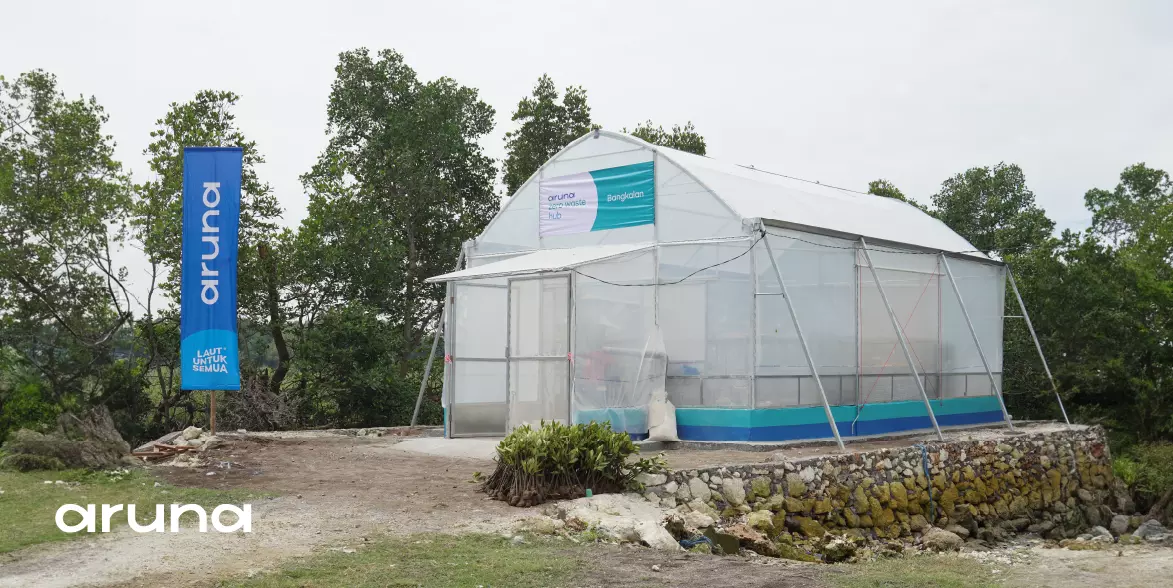
As a fisheries company committed to environmental sustainability, Aruna also adopts zero waste management. The Aruna Zero Waste Hub is established to reduce, or even eliminate, fishery production waste.
One of our hubs in Bangkalan, East Java, has a drying facility to process crab shells into fish feed. Activities at the Aruna Zero Waste Hub involve coastal communities guided by Aruna’s Local Heroes. The goal is to minimize waste and diversify products.
Jerry Sambuaga, Deputy Minister of Trade, states that Aruna’s zero waste program is part of the effort to achieve Sustainable Development Goals (SDGs) related to Sustainable Cities and Communities. Through the Aruna Zero Waste Hub, we support MMAF’s initiative to implement zero waste in fishery products. Additionally, we conduct education and awareness campaigns on utilizing fishery waste to support sustainable fisheries.
As consumers, you can contribute to this zero-waste program by choosing fishery products from sustainable sources and utilizing every part of the product. For instance, turning fish heads into delicious dishes, consuming shrimp with their heads and shells, and cooking squid with its ink.
The implementation of zero waste in fishery products can bring widespread benefits to the environment, economy, and society, representing a crucial step toward realizing a sustainable future for our oceans.

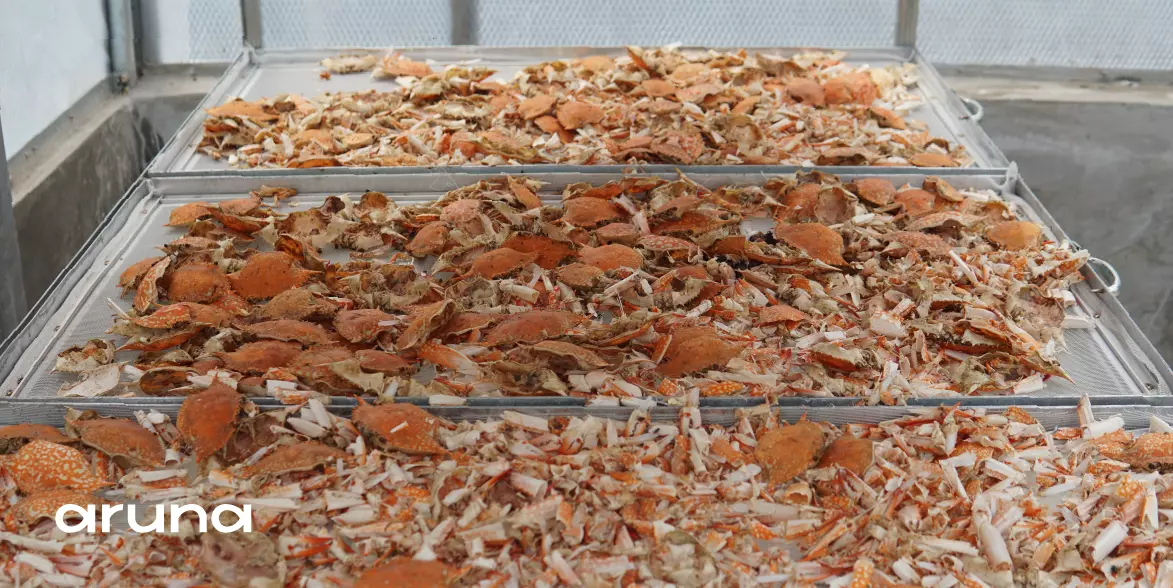



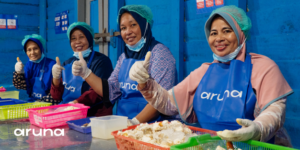
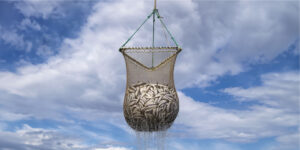

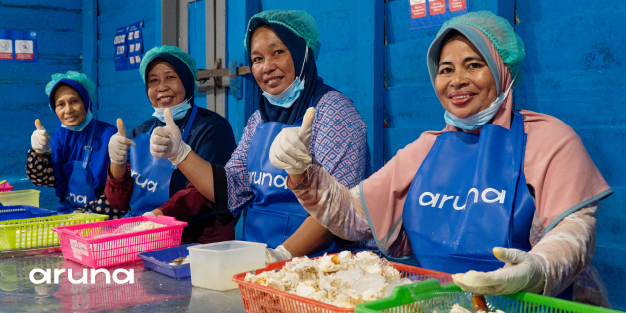

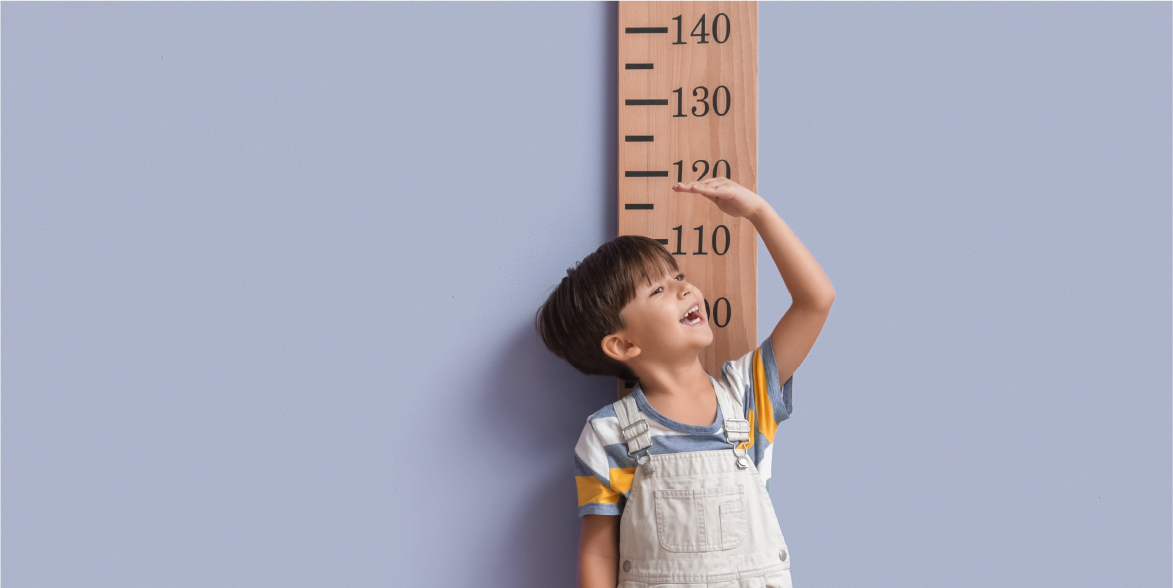
Leave a reply
No comments found.